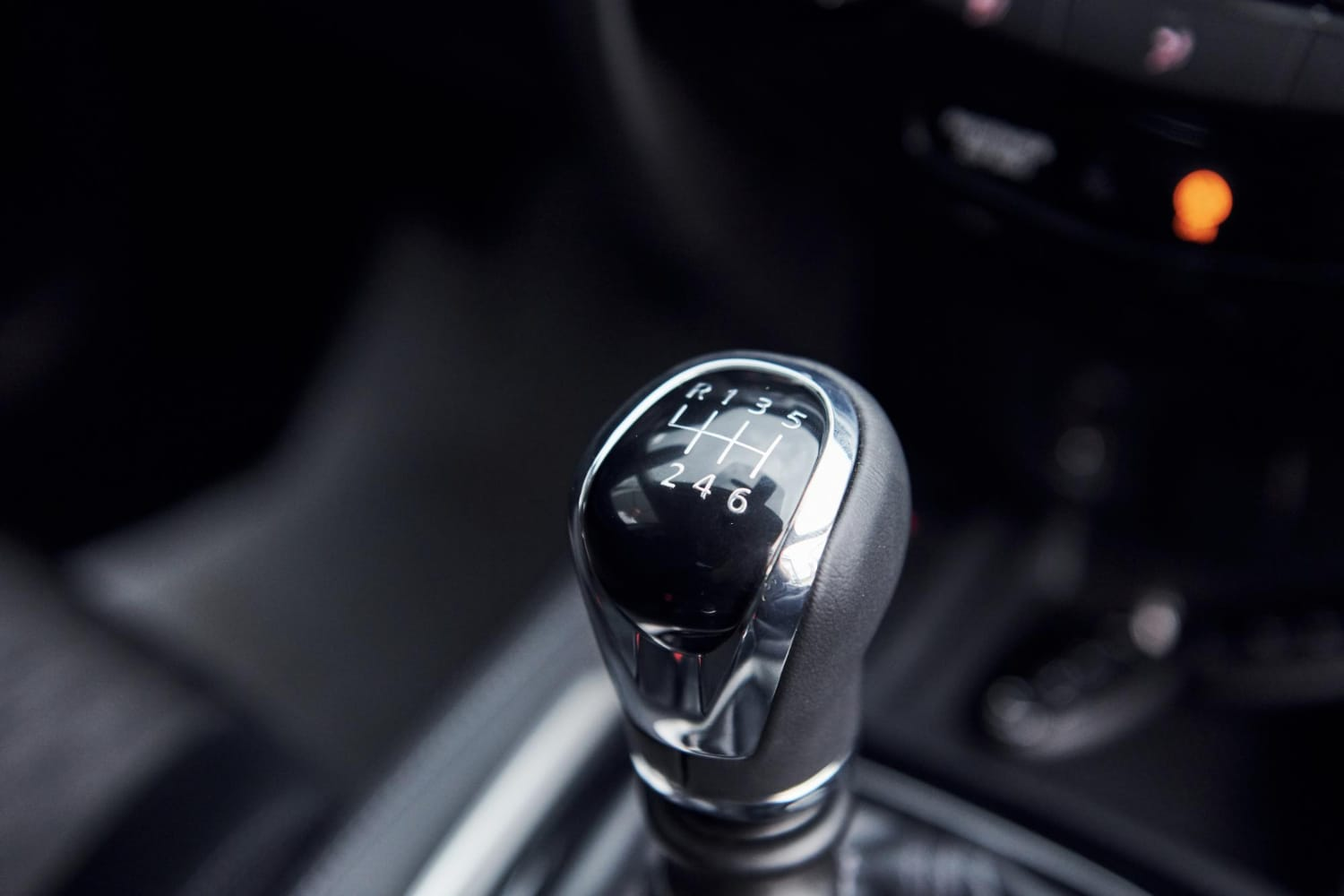
In the constantly evolving landscape of automotive technology, driver monitoring systems (DMS) are emerging as a crucial tool for enhancing road safety. These systems are designed to track drivers’ attention and fatigue levels, providing real-time alerts and interventions to prevent accidents caused by drowsy or distracted driving. By leveraging advanced sensors, cameras, and artificial intelligence, DMS can significantly reduce the risk of accidents, making roads safer for everyone.

Driver monitoring systems work by continuously observing the driver’s behavior and physiological state. The core component of a DMS is typically an inward-facing camera mounted on the dashboard or integrated into the vehicle’s interior. This camera uses infrared technology to monitor the driver’s face and eyes, even in low-light conditions. The system tracks key indicators such as eye movement, blinking rate, head position, and facial expressions to assess the driver’s level of attention and fatigue.
One of the primary functions of a DMS is to detect signs of drowsiness. Fatigue is a leading cause of road accidents, particularly on long journeys or during nighttime driving. The system can identify early signs of drowsiness, such as prolonged eye closure, frequent yawning, or head nodding. When these signs are detected, the DMS can issue alerts to the driver, ranging from visual and auditory warnings to gentle vibrations through the steering wheel or seat. These alerts serve as a prompt for the driver to take a break, helping to prevent accidents caused by falling asleep at the wheel.
In addition to detecting fatigue, driver monitoring systems are also effective in identifying distracted driving. Distractions can come in many forms, such as using a mobile phone, eating, or engaging in conversations with passengers. By tracking the driver’s gaze and head movements, the DMS can determine if the driver is not paying sufficient attention to the road. If the system detects that the driver is looking away from the road for an extended period, it can issue a warning, encouraging the driver to refocus on driving.
Another significant benefit of driver monitoring systems is their integration with other advanced driver assistance systems (ADAS). For instance, if the DMS detects that the driver is not paying attention during critical moments, such as when adaptive cruise control or lane-keeping assist is engaged, it can prompt the driver to regain control of the vehicle. This synergy between systems enhances the overall safety net provided by modern vehicles, ensuring that drivers remain alert and engaged.

Moreover, DMS technology is continually advancing, with newer systems incorporating machine learning and artificial intelligence to improve accuracy and responsiveness. These advancements enable the systems to adapt to individual driver behaviors and preferences, reducing the likelihood of false alarms and enhancing the overall driving experience. Some systems even use biometric sensors to monitor heart rate and skin conductance, providing a more comprehensive assessment of the driver’s physiological state.
The adoption of driver monitoring systems is also being driven by regulatory changes and industry standards. In the European Union, for example, new regulations require the installation of DMS in all new vehicles by 2024 as part of a broader initiative to reduce road fatalities. This regulatory push is expected to accelerate the adoption of DMS technology globally, making it a standard feature in future vehicles.
In conclusion, driver monitoring systems represent a significant advancement in automotive safety technology, offering a proactive approach to preventing accidents caused by fatigue and distraction. By continuously monitoring drivers’ attention and physiological state, these systems provide real-time alerts and interventions that can save lives. As technology continues to evolve and regulatory frameworks promote their adoption, driver monitoring systems are set to become an integral part of the modern driving experience, ensuring safer roads for all.





